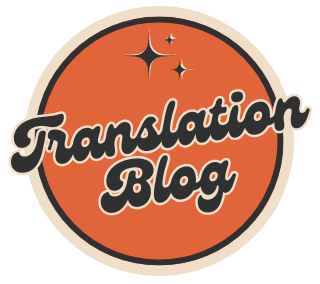One of the most useful academic skills that any student can have is writing an effective essay. This art not only enhances grades but also enhances critical thinking, communication, and organization, which is far beyond the classroom. Be it an assignment, an application or a class test, planning and structuring an essay gives one a guide to logical, persuasive, and understandable writing.

The Importance of Planning
Most students are so keen to begin writing as soon as they get a topic, yet successful essays do not usually come out of inspiration. The power of an essay is based on planning. Writers take time to brainstorm, sketch ideas and set direction so that they do not end up with pointless or redundant arguments. A detailed outline will make sure that all the points are in line with the main thesis, and each paragraph will be in a logical place in the structure of the essay. Furthermore, a plan serves to keep the focus, time management, and anxiety at bay at the last minute.
There are numerous online platforms and writing centers designed to support students at every stage of essay development. For those seeking additional help, connect with sites like TriadEssay, which offers tailored advice, examples, and writing help that make the process even more approachable.
Knowing Essay Structure
The structure is the backbone of any successful essay. Academic essays are usually structured in three sections, which include the introduction, body, and conclusion.
- Introduction: This part prepares the ground, introduces the topic and gives the thesis statement- a brief overview of the main argument or position of the essay. An interesting introduction also gives the direction in which the essay will go and gives the readers an idea of what to expect.
- Body: It is the part of the essay where the major ideas are elaborated. The paragraphs usually deal with one point in support of the thesis. Good paragraphs have topic sentences, evidence and examples, and logical transitions to help the reader follow the paragraph. Body paragraphs can be arranged in various ways and some of them are chronological, cause and effect, compare and contrast or problem-solution format. The essay should be based on the purpose and content of the essay.
- Conclusion: The last part is the conclusion that summarizes the key points and supports the thesis and closes the essay in a satisfactory way. It can also indicate a wider implication, future inquiries, or personal thoughts, without putting in new information.
Planning Process Tips

- Unpack the Question: First of all, read the essay prompt. Determine the important terms, teaching words (like analyze, compare or discuss) and the scope expected. Restate the question in your own words and make some preliminary notes or possible arguments.
- Brainstorm and Research: Enumerate potential ideas, arguments or examples. Evidence-based research with credible sources. It is a dynamic process; thoughts can change as one learns more.
- Develop an Outline: Put your points in a logical order. The most popular are spider diagrams for visual thinkers or bullet points for linear planners. The outline must show what each paragraph will discuss and how it will fit into the overall argument of the essay.
- Develop a Thesis Statement: Compose a clear, debatable thesis- a statement that develops and pulls the essay together. The thesis serves as a guide and an anchor throughout the writing process, ensuring that every section of the paper is focused and relevant.
- Assign Evidence: Under each major point in the outline, write down the supporting facts, quotations, or examples. This simplifies the process of drafting and makes all claims well supported by research or analysis.
- Be Flexible: Think of the plan as a living document. Research and writing may improve and rearrange points to make them clear and convincing.
Making the Transition to Effective Writing
After planning, it will be much easier to enter the drafting stage. Having a coherent structure, the writer is able to concentrate on writing clear sentences, combining evidence in a seamless manner, and polishing style. Don’t forget to include transition words and phrases- also referred to as signposting- to help the reader know when they are moving on to another section. Once the first draft is done, go back to the plan to ensure that every point that you want to cover has been covered and whether the argument is coherent in terms of flow between the introduction and the conclusion.
Final Thoughts
It is a process that requires practice to become good at planning and structuring essays. The habits also eventually become second nature as the students respond to any academic writing assignment with confidence. With the help of planning, structure clarification, and the utilization of useful resources, writers can turn a seemingly overwhelming assignment into a fulfilling experience of independent thinking and effective communication.

